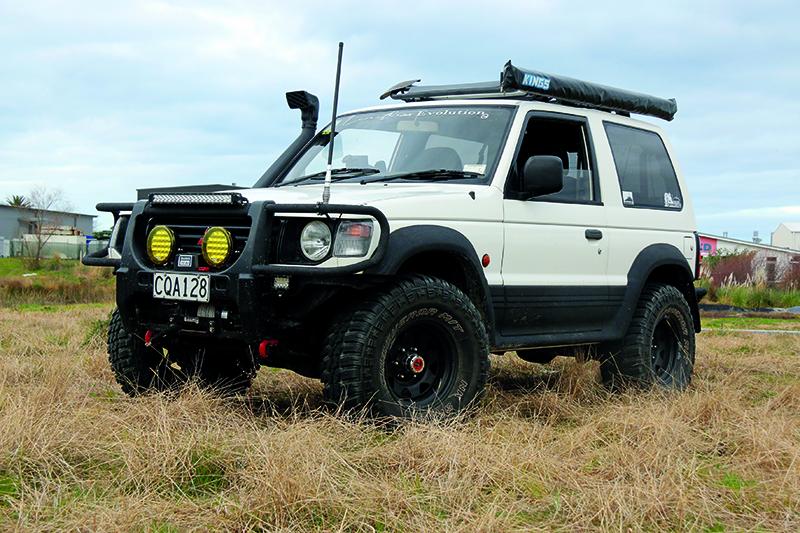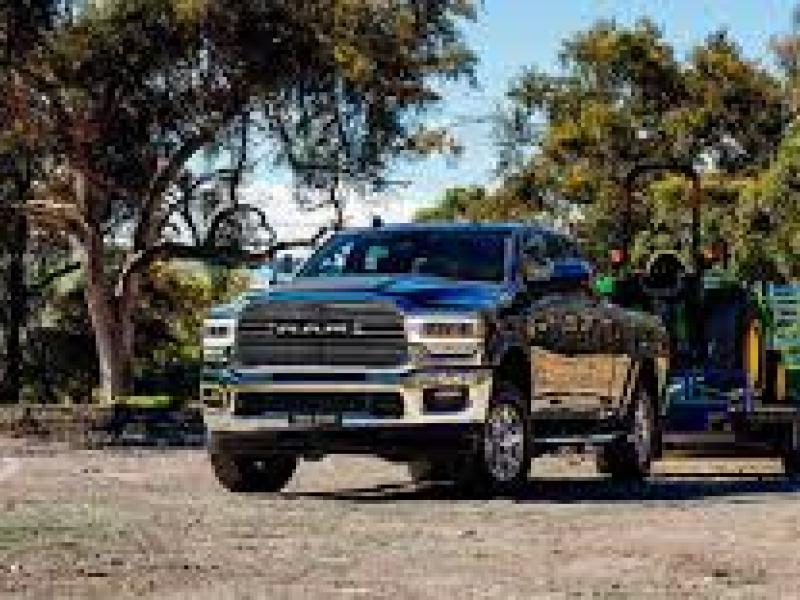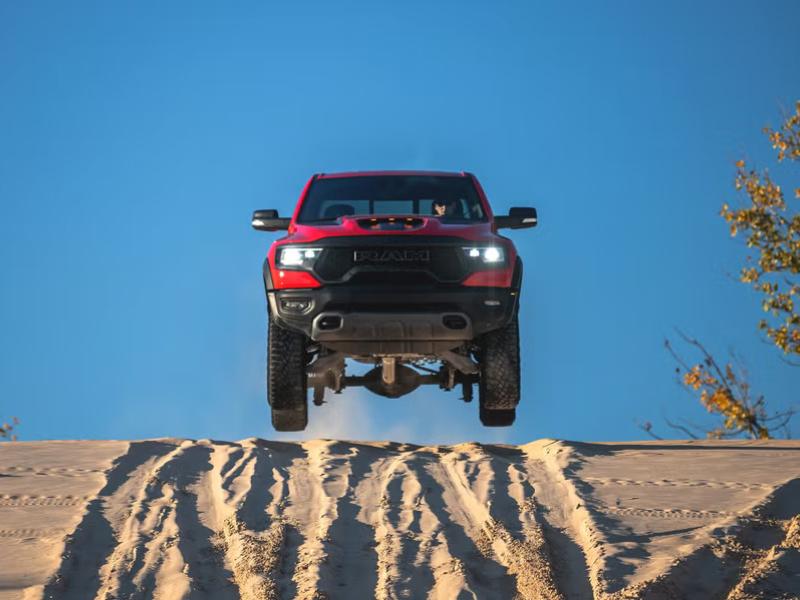Mitsubishi’s Pajero has always been a bit of an under rated 4WD, but they are a great base for a strong off-road build. Verdi and Angele’s SWB 1994 Pajero build shows what can be achieved with a modest budget and a can-do attitude to end up with a very capable truck for off-road exploring and camping.
They started out with a stock 1994 SWB model fitted with the 3.0 litre SOHC V6 engine and five-speed manual gearbox which was purchased for around $4,500. The Pajero offers a good set of specs for an off-road build with very short overhangs, good performance and a good transmission, as a bonus this one came with the factory rear locker. The total budget to date is around $8,500 including the purchase price.
Major repairs since then have been fitting new head gaskets, a new heavy-duty clutch and a new radiator to help with an initial overheating issue.
The couple like the SWB with its short overhangs, the V6 provides good power, and the locker helps out in the situations where SWB vehicles can get caught out such as when they are fully in a dip where a LWB might have one or other axle on firmer ground. The major downside of a SWB is less interior space, but they have made some smart decisions on how to maximise this to suit their two-person camping and off-road needs.
The plan was to use the Pajero extensively as a base for camping around the country and the set up reflects this. Mechanically there was a 50mm lift with Gabriel shocks, the rest of the mechanicals being stock.
Verdi is an ex-motorcycle mechanic and is now a mechanical fitter, so had the skills to do most of the fitout himself, including building the custom rear bar with rated recovery point, and the carrier that sits over the rear mounted spare wheel which can hold a spare gas bottle and Jerry can. One of the challenges with a SWB vehicle is space, to aid this there is a set of Prorack roof racks fitted with a basket with mounts for the shovel. The roof rack also mounts the Kings’ pull-out canopy.
At the front an original Mitsubishi bull bar was trimmed and then had a solid winch mount plate added underneath to mount the Runva 11Xp winch.
The front bar, original flares and original side mouldings all got hand painted with Bully Liner from Supercheap, which gives a nice textured finish and a bit of added protection.
The front is finished with an LED light bar and twin LED lights from Ridge Ryder, there are also a couple of smaller LED lights mounted at 45 degrees below the bar to light the track edges when off-road. Finally on the outside is a snorkel which feeds the engine through a K&N air filter. Tyres are Nankang Conqueror MTs on 32 x11.5 x15 aftermarket rims.
The clever bits on this vehicle are inside and under the bonnet where a lot of thought has gone into the set-up.
Starting with the electrical system, it is not just dual battery but three batteries (Tri-Battery!). Under the bonnet is a fairly traditional dual-battery set-up with a large dual-cycle battery supplementing the start battery. These are controlled by a Narva VSR which means the dual cycle can be used to aid starting and winching when needed. The third battery is a lithium-ion battery wired into the electrical system with a disconnect plug and mounted in a removeable carry case behind the passenger seat. It can be removed from the vehicle to use as a camping power pack inside the tent. The Pajero has three Anderson plugs fitted for remote power (one in the rear behind the driver’s seat, one on the front bullbar and one on the rear bar) plus there is a 300W inverter for powering and AC devices.
Behind the driver’s seat there are two 10L water containers connected to a pump and a hose that reaches to the rear of the vehicle. In the rear is a home-built draw system with a slot for the camping table and mounting for the Brass Monkey fridge. To assist with storage there is a strengthened cargo net slung below the roof liner, this provides a great place to stash bedding, jackets and hats out of the way.
Verdi and Angele prefer a standard tent rather than a roof top tent, it saves the weight and height penalty imposed by a roof top tent and with two of them can be erected in a similar time. With good on-board water and power supplies they can camp for a number of days away from civilisation, one of their treats is a heated rug for cold nights!
Verdi and Angele have joined the Limitless Evolution 4x4 Facebook group, which has nearly 5,000 members. With this group, they have done a number of iconic New Zealand 4WD tracks and destinations including Poutu, 42 Traverse, Whangamomona, the Wires, Odlins, the Akatarawas, Takapari and North Range Road.







